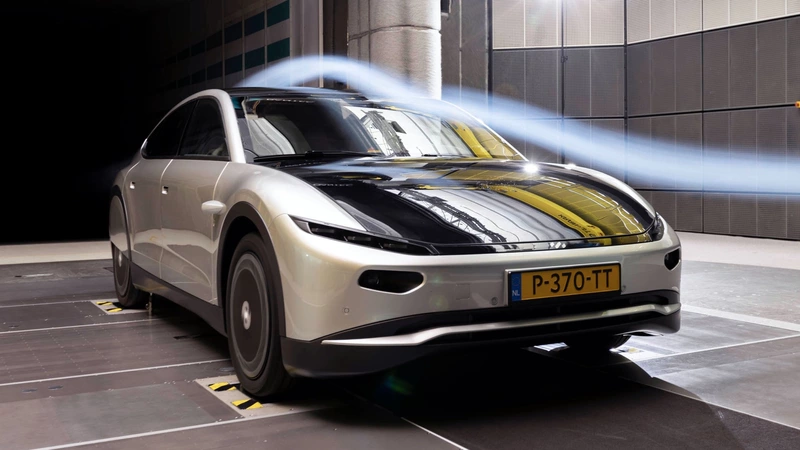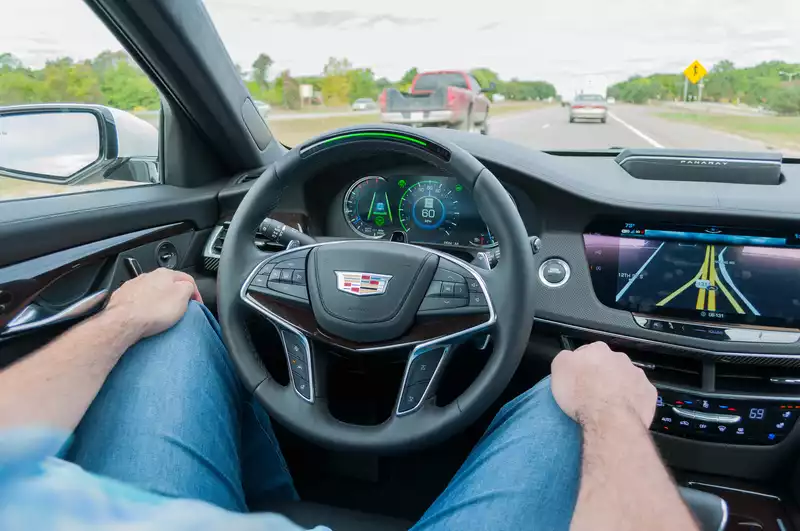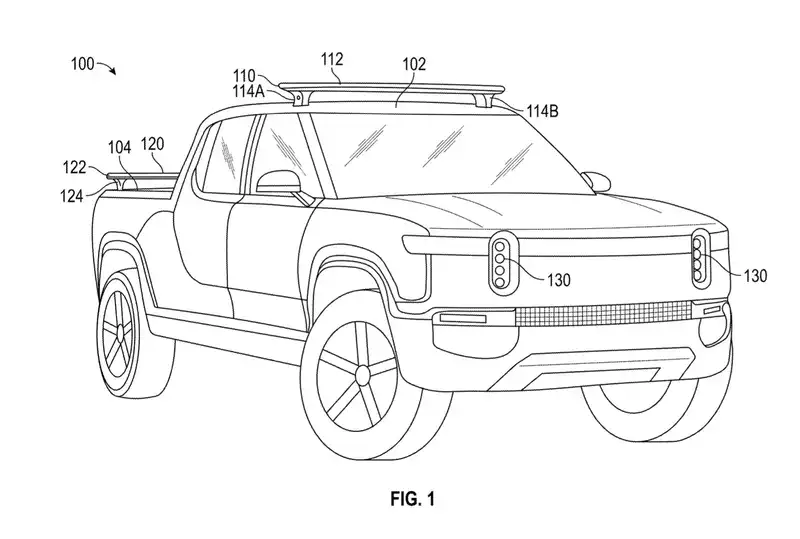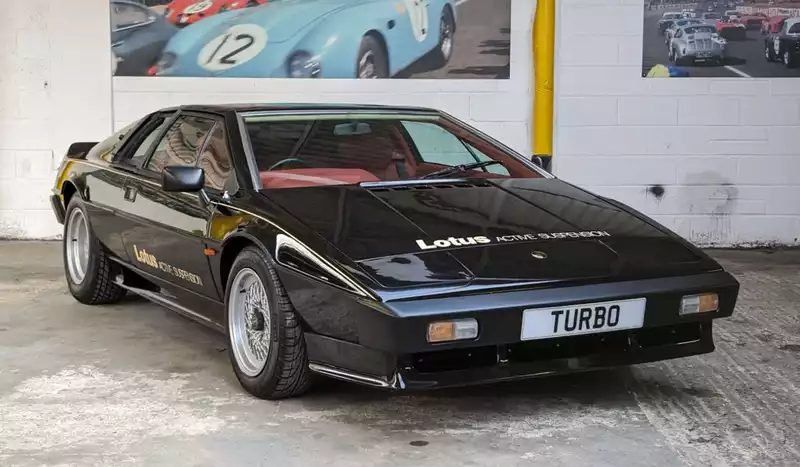Lightyear 0 achieves record low coefficient of drag

Dutch electric vehicle startup Lightyear is close to realizing production of a sleek 0 sedan developed to be as efficient as possible.
This belief in efficiency also extends to aerodynamics, where Lightyear was able to achieve a drag coefficient of 0.175Cd. This figure was verified by independent tests conducted in a German wind tunnel.
The next closest cars are the Mercedes-Benz EQS and the Tesla Model S, both with 0.20Cd. Earlier this year, Mercedes also unveiled the Vision EQXX concept car, which claims a drag coefficient of 0.17.
A low drag coefficient is important for EVs: according to Lightyear, about 60% of the energy an EV uses on the highway is used to overcome aerodynamic drag.
A low drag coefficient is also particularly important for 0s, which can continue coasting on the highway without the driver having to step on the gas pedal, provided that roof-mounted solar panels are in the right conditions.
The 0 is powered by a 60 kwh battery, which Lightyear claims will give it a range of 388 miles on the more lenient WLTP test cycle used outside the US.
Efficiency is also enhanced by low rolling resistance tires and an in-wheel motor designed with efficiency in mind. The car is claimed to be 10.5 kwh per 62 miles, approaching the efficiency of the Vision EQXX concept, which used 8.7 kwh per 62 miles in recent real-world testing.
Production of the Lightyear 0 is scheduled to begin this fall at a plant operated by Valmet Automotive of Finland, which built the original Fisker Karma sedan and is also contracted to build the Sono Sion, another EV that can be charged by solar panels
The first 150 vehicles are expected to be built in the fall.
The first 150 units, a special Pioneer Edition priced at 150,000 euros (about $149,785), have sold out. The next series will be a limited edition starting at 250,000 euros ($249,660) which can be ordered now. Lightyear has not indicated whether this 0 will be available in the U.S.
.



